Mole Traps, a brief history of mole traps and todays modern mole traps - part 5 (Modern mole traps of today)
The preceding pages have provided a comprehensive overview of the evolutionary journey of mole traps, illustrating their progression from rudimentary devices crafted or, in some instances, whittled by hand, to the contemporary era characterized by sophisticated traps constructed from robust materials such as iron or steel, enhanced with spring mechanisms. This transformation mirrors the continual refinement of mole trapping technology and techniques. Present-day mole traps showcase cutting-edge advancements, incorporating the latest materials and technologies to optimize their effectiveness. Notably, the market now offers plastic mole traps, exemplifying the diverse range of materials and innovations employed in the ongoing quest for more efficient mole control solutions. This dynamic evolution underscores the commitment to enhancing mole trapping efficacy and accessibility through the integration of modern technology and materials.
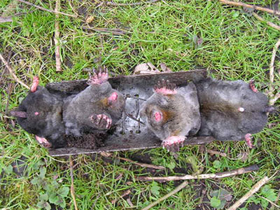
The modern Half Barrel (Duffus) Mole Trap

The three main types of Mole Traps used today are the Half Barrel (Duffus type), the Scissor type and the Talpex type.
Half Barrel (Duffus) type mole traps
The Half Barrel (Duffus) mole traps are a popular choice due to their unique design, allowing for the simultaneous capture of two moles. Equipped with catching loops at both ends, this trap provides the advantage of independent firing for each loop. In the event that one mole is captured, the other loop remains set, ready to secure another mole approaching from the opposite direction. While moles are typically solitary creatures, there are specific times, such as during the mating season, when it becomes plausible to ensnare two moles simultaneously using this efficient trap. The dual-catching capability of the Half Barrel (Duffus) mole traps adds versatility to their utility, making them a preferred option for effective mole control in various scenarios.
Scissor type Mole Traps
Standard type Scissor Mole Trap.
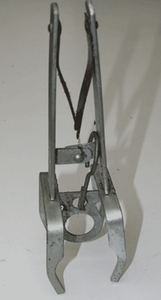
The Fenn Scissor Mole Trap.
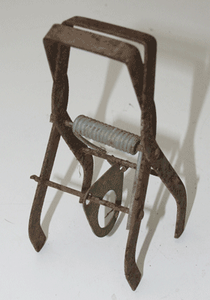
The scissor-type Mole Traps, renowned for their enduring efficacy, fall under the category of single-catch mole traps. Despite their singular capture design, these traps have proven their effectiveness over time, especially when handled by experienced trappers. There are two primary variants in this category: the standard scissor trap, commonly found in agricultural stores, and the Fenn-type scissor trap, distinguished by its more compact size. Interestingly, many professional Mole Catchers express a preference for the Fenn type, likely attributing their choice to the trap's smaller dimensions. This nuanced preference highlights the significance of size considerations and underscores the reliability of scissor-type Mole Traps when entrusted to skilled practitioners.
The Talpex type mole trap.
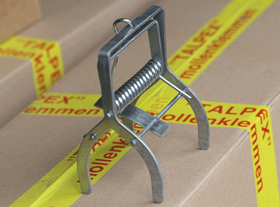
The Talpex Mole Trap distinguishes itself with a unique mechanism, deviating from conventional designs by relying on the mole triggering the trap through an upward movement of the trap trigger, as opposed to the more common forward activation. This innovative approach proves advantageous in situations where moles may have encountered poorly set traps, developing a heightened aversion or "trap shyness." Notably, professional Mole Catchers are increasingly adopting the Talpex Mole Trap for its distinctive features. Despite being slightly larger in size compared to both the Duffus half barrel traps and scissor traps, the Talpex trap, when correctly set, boasts a remarkable success rate, seldom failing to capture moles. Similar to the scissor trap, the Talpex Mole Trap operates as a single-catch mechanism, contributing to its effectiveness in mole control strategies employed by seasoned professionals.
The Talpirid Mole Trap.
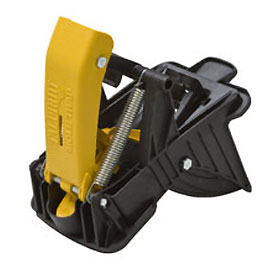
The Talpirid mole trap represents a recent innovation incorporating modern materials like plastics. However, feedback from professional Mole Catchers has been less than favorable, primarily due to the trap's notable size. A significant concern raised by mole catchers is the sheer bulk of the Talpirid trap, as most practitioners maintain an assortment of traps in their toolkit and find it impractical for them to be overly bulky, occupying precious storage space.
While various other mole traps are available in the market, those discussed here constitute the primary types favored by professional Mole Catchers in the UK today. The diverse range of traps covered showcases the careful consideration given to factors such as size, effectiveness, and ease of use, reflecting the practical choices made by seasoned mole control experts in optimizing their trapping strategies.

